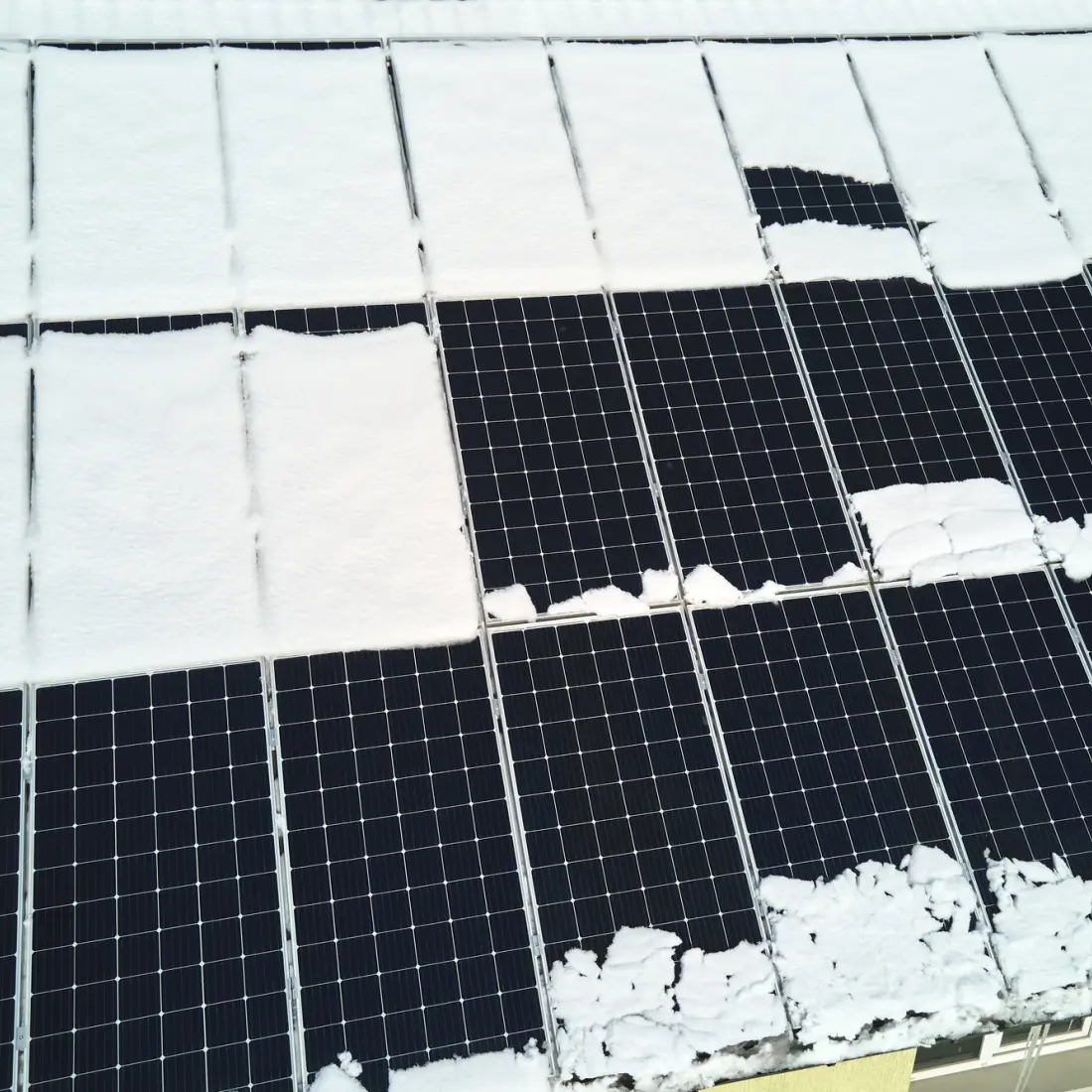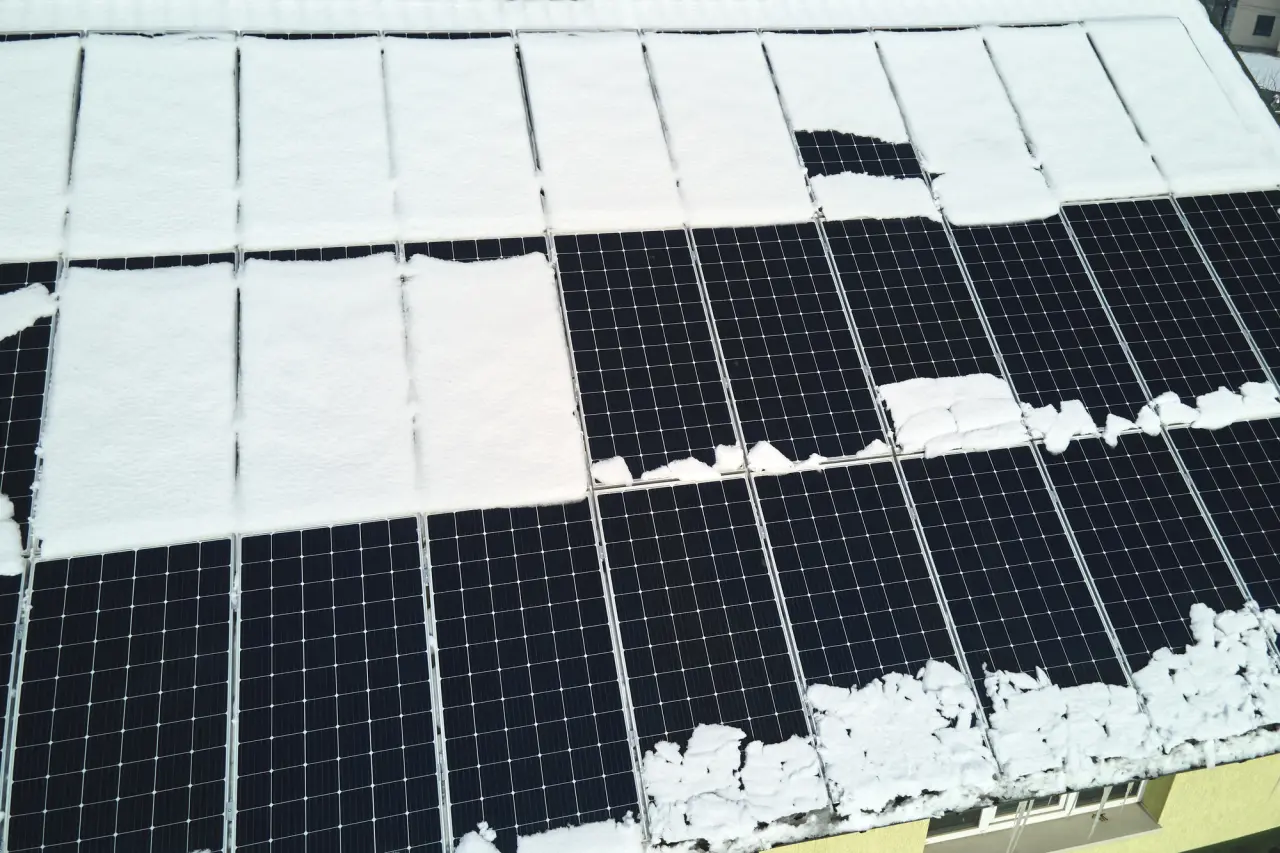Why do solar panels degrade?


Photovoltaics (PV) have an estimated lifespan of 30 to 35 years. While this longevity is impressive, solar panel efficiency starts to break down as the panels age. You might notice that your panels don’t produce as much electricity over time, even if you maintain them carefully and make regular repairs.
While innovators are working to develop longer-lasting solar panels, current homeowners with solar energy systems can learn why their panels degrade in the first place. They can use this information to protect their current systems potentially. Learn more about solar degradation and what it means for your current system.
Factors contributing to solar panel efficiency over time
The National Renewable Energy Laboratory (NREL) estimates that solar panels lose 0.5% of their production each year. By the time your solar panels are 20 years old, their production rates are only 90% of what they were compared to the first year.
However, certain climates can exacerbate solar panel degradation and cause them to lose their effectiveness at higher rates. This is one of the challenges with solar panel development: the climates that are best suited for solar installation also tend to wear the panels out faster. Here are a few factors that contribute to solar degradation.
Temperature
Long sunny days are ideal for solar energy collection but not for the longevity of solar panel systems. High temperatures can potentially damage solar cells and the other modules involved, shortening their overall lifespans. This is becoming a challenge for solar companies in regions with extreme heat. They need to invest in thermal management to keep the panels themselves cool while also maximizing solar collection.
Humidity
Humidity is the amount of water vapor in the air. Humid climates can feel sticky and moist because the heat combines with the water vapor to create a steamy experience. This creates problems for electronics because moisture can seep into various cracks or condense inside equipment. Not only can high humidity levels lead to electrical shorts, but they can also cause rust and corrosion. Solar panel developers are constantly looking for ways to keep moisture out of the panels to protect their longevity.
UV exposure
Ultraviolet (UV) radiation wears out the materials used to create solar panels and causes them to break down over time. This has created significant concerns about the long-term effects of climate change. Increases in UV radiation can cause solar panels to break down even faster and make living on planet Earth dangerous for humans.
Pollutants
Dust, dirt, pollen, and other particles in the air can land on solar panels and block their ability to absorb the sun’s rays — just like a dirty windshield makes it harder for you to see the road. NREL estimates that pollutants can cause energy loss of up to 7% in the United States and up to 50% in the Middle East. A dust storm can almost completely cover panels until someone gets them clean.
There isn’t an immediate solution for reducing pollution-based panel blockages, especially because each region has its own air contaminants. One city might struggle to eliminate smog while another contends with high pollen levels or seasonal wildfires.
Impact of solar panel degradation
Depending on your location, multiple factors might contribute to your solar degradation. A hot environment with many pollutants or high humidity levels can wear out solar panels prematurely. However, it is unlikely that your solar panels will break completely. Instead, there are other warning signs that they aren’t performing as well as they should. Here are a few impacts of solar panel degradation.
Loss of efficiency
One of the biggest signs that your solar panels are starting to degrade is that they produce less electricity than when they were first installed. Track your solar production over time and see if it keeps up with the expected NERL guidelines mentioned above. If you lose more than 0.5% of your production each year, your panels are degrading faster than expected.
Reduced lifespan
The long-term effect of degradation is that your solar panels will not last as long as expected. Instead of lasting 30 to 35 years, they may start to wear out after 25 years. This could lead to an increase in repair calls as your panels start to break, or it could simply mean that your efficiency continues to drop faster than expected. This isn’t unlike owning an old computer that works slower than you would like but still gets the job done.
Homeowners and businesses that install solar panels will have to decide whether to replace them prematurely due to underperformance or accept the reduced output. If they accept the reduced output, they may have to pay for additional solar repairs in the future because of their degrading panels.
Cost considerations
Solar panel degradation can be key in determining whether this renewable energy system is worth the investment. People often track the return on investment for solar panels based on the upfront installation costs minus federal tax credits, along with the annual maintenance and anticipated repair costs. After these expenses are added up, the homeowner considers the potential annual savings provided by the panels.
The average solar installation project costs between $10,000 to $30,000. If you expect your solar panels to last 30 years, you must recoup between $333 to $1,000 before annual maintenance costs and repairs. However, if your system only lasts 25 years, you would need to recoup between $400 and $1,200 per year before repairs and maintenance.
There are also intangible costs related to solar maintenance, like the time it takes to schedule maintenance and repair appointments. If too many environmental factors contribute to solar degradation, some people could rethink this renewable energy project.

Measures to extend solar panel lifespan
Fortunately, many solar companies know the degradation issues and are taking steps to protect panels and extend their lifespans. Here are a few ways companies can keep solar panels in working order even when they are up against the natural elements.
Regular maintenance
One way to keep solar panels in good working order is to provide regular maintenance. Service technicians can clean pollen, leaves, dust, and other grime off the surfaces, allowing your panels to shine. They can also look for potential moisture breaches caused by humidity and wet environments.
When you schedule solar installation, your company may recommend a maintenance plan to keep your panels in good working order. Additionally, you can look into a community solar initiative where people work together to maintain their panels. Know how much time, money, and energy you will put into your solar energy system to determine whether private ownership or community programs are right for you.
Quality materials and installation
Good solar panel maintenance starts during the installation process. Working with trusted companies can ensure your panels are made of high-quality materials and designed in a manner to withstand potential threats to their performance. An experienced team of installers will use site selection technology to choose the best possible placement for your system, thereby maximizing energy collection.
Not only can you enjoy the peace of mind that comes with knowing you have a well-built solar energy system, but you can feel confident that your panels are built to last.
Climate considerations
Having a realistic picture of your climate can also help you understand potential issues related to your solar panels. For example, Minneapolis residents don’t have to worry about excessive heat; they need to be concerned about cloud cover limiting panel production. Homeowners in the American South need to contend with high humidity levels, which can wear out panels.
Understand what could cause your panels to degrade prematurely so you can take steps to mitigate these threats.
Bottom line
Solar panels are designed to face the elements in mild and harsh weather. Technology that lasts more than three decades is impressive and adds value to any home. However, you can take steps to protect your investment and get the most out of your money. Identifying the causes of degradation and mitigating them can help your solar panels thrive.